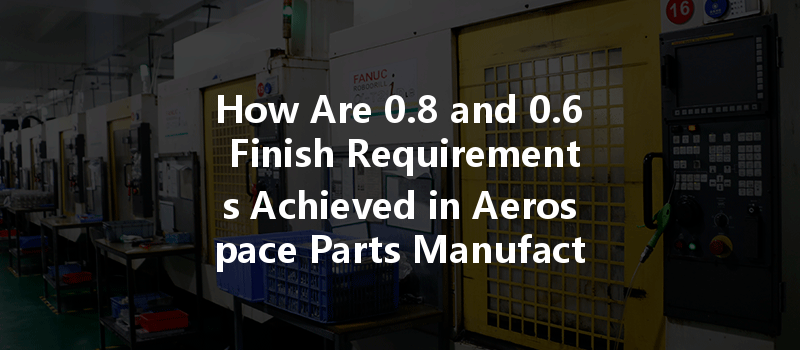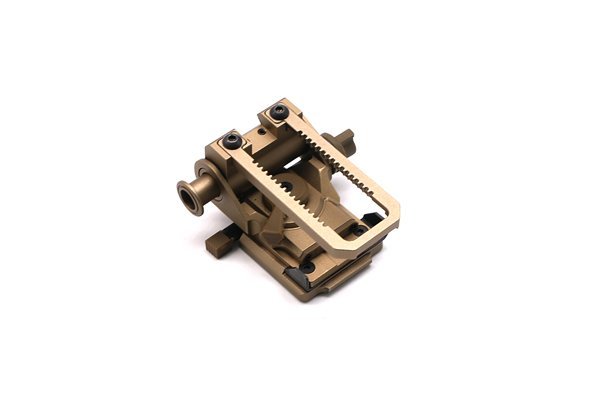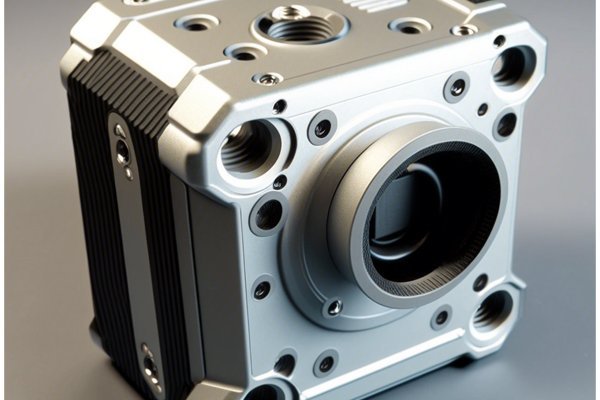Did you know that the aerospace industry is one of the most demanding sectors when it comes to precision and quality? With flight safety at stake, components used in aircraft must adhere to stringent fabrication standards that not only ensure functionality but also resilience against harsh conditions. Among these standards, the surface finish requirement plays a critical role, particularly the Ra (roughness average) values of 0.8 and 0.6 micrometers. In this blog, we’ll delve into how aerospace parts manufacturers achieve these surface finish requirements, the technologies involved, and the impact of quality surface finishes on overall aerospace safety and performance.
Understanding Surface Finish in Aerospace Parts
What is Surface Finish?
Surface finish refers to the texture of a surface, which can significantly influence the performance of parts, especially in high-stakes industries such as aerospace. The Ra value is a quantifiable measure of surface roughness, represented in micrometers (µm). An Ra value of 0.8 or 0.6 means that the surface has been meticulously processed to achieve a smooth finish, minimizing friction and improving wear resistance.
Why are 0.8 and 0.6 Ra Values Important?
For aerospace components, these surface finish values are more than just numbers. An achievable Ra value of 0.6 to 0.8 micrometers indicates that the part features:
Technologies Used to Achieve 0.6 and 0.8 Finish Requirements
To meet these demanding surface finish requirements, manufacturers employ various machining techniques and technologies that combine precision engineering with advanced processes.
Overview: Computer Numerical Control (CNC) machining is a cornerstone technology in modern aerospace manufacturing, allowing for the precise shaping of materials.
Process: Utilizing computer-aided design (CAD) models, CNC machines can execute complex cuts with high accuracy. The process removes material from a workpiece to achieve desired geometries and finishes.
Achieving Required Finishes:
Overview: Surface grinding is another method employed to achieve very fine finishes.
Process: A rotating grinding wheel is employed to cut the material, translating abrasive particles into fine surface finishes.
Achieving Required Finishes:

Overview: Honing is used primarily to finish the inside surfaces of a bore or cylinder.
Process: This is an abrasive machining process which employs a honing tool with numerous small stones to finish surfaces to very tight tolerances and low Ra values.
Achieving Required Finishes:
Overview: Polishing is often a final step in surface finishing.
Process: This involves rubbing a material with a fine abrasive or chemical to achieve a smooth surface.
Achieving Required Finishes:
Variations of surface treatments can also aid in achieving required Ra values:
Quality Assurance and Testing
Achieving a specific surface finish involves more than just executing the machining process; rigorous quality assurance protocols must be in place.
Measuring Ra Values
Statistical Process Control (SPC)
Implementing SPC helps manufacturers monitor and control the production processes. By analyzing data collected during machining, trends can be spotted and adjustments can be made to maintain the required surface specifications.
Achieving surface finish requirements of Ra 0.6 and 0.8 micrometers in aerospace parts manufacturing is no small feat. It requires a solid understanding of various machining and finishing techniques, the vigilant application of quality assurance practices, and a commitment to continuous improvement. As aerospace manufacturers strive for excellence in safety, reliability, and performance, embracing technological advancements and innovation in surface finishing becomes crucial.
Understanding and implementing these necessary technologies is not just an operational requirement but a critical component in ensuring the safety and performance of aerospace components. This blog emphasizes the importance of precision surface finishes in aerospace parts and underlines the necessity for ongoing education and evolution within the industry. As advancements continue, the pursuit of perfection in surface finishes will ultimately contribute to safer skies and more efficient flight experiences.
By emphasizing the importance of meticulous finish requirements, we hope this discussion inspires professionals in aerospace manufacturing to explore advancements and innovatively address the challenges that come with meeting these exacting standards. Your insights and actions can shape the future of aerospace safety.






